.
Last edited:

Hmmm, ok.... I’ll let the owner of workshop heaven and one of the UK’s best guitar makers know that they are just sucked in by hype and dont actually know what they are talking about.........





Anything works...
Mike, I’d used oil stones for over 30 years when I joined this forum & it was Mathew who introduced me to scary sharp, this was my first change of sharpening medium & I really liked it. I then tried waterstones mainly because Alf was such an exponent of them but I found them too time consuming & messy though they worked well.I reckon you're the only person I've ever heard of, Doug, who has gone from diamond to abrasive paper. The journey is generally very much in the opposite direction. What was it about diamond plates that made you think "I should give lapping paper a try"?
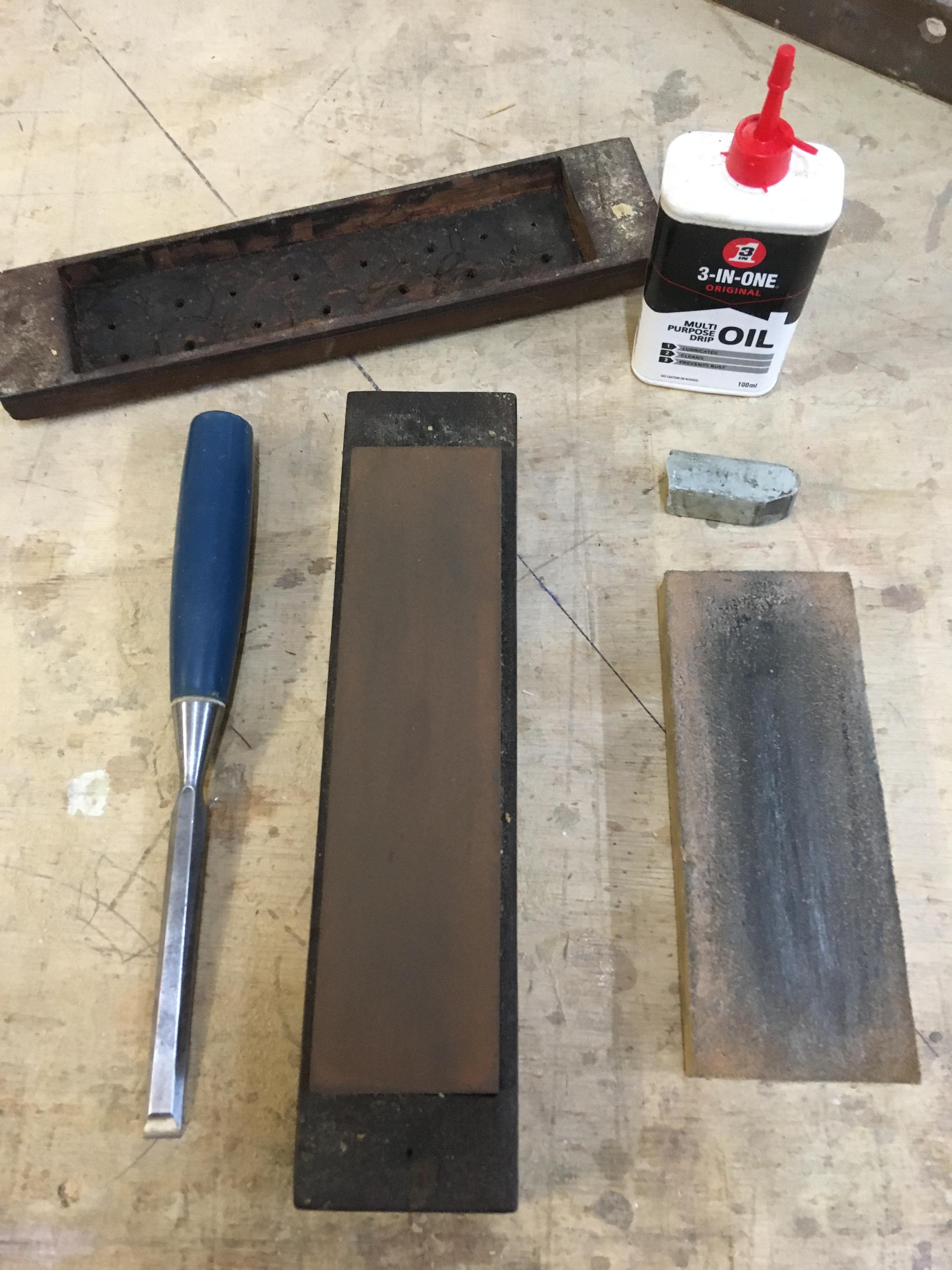
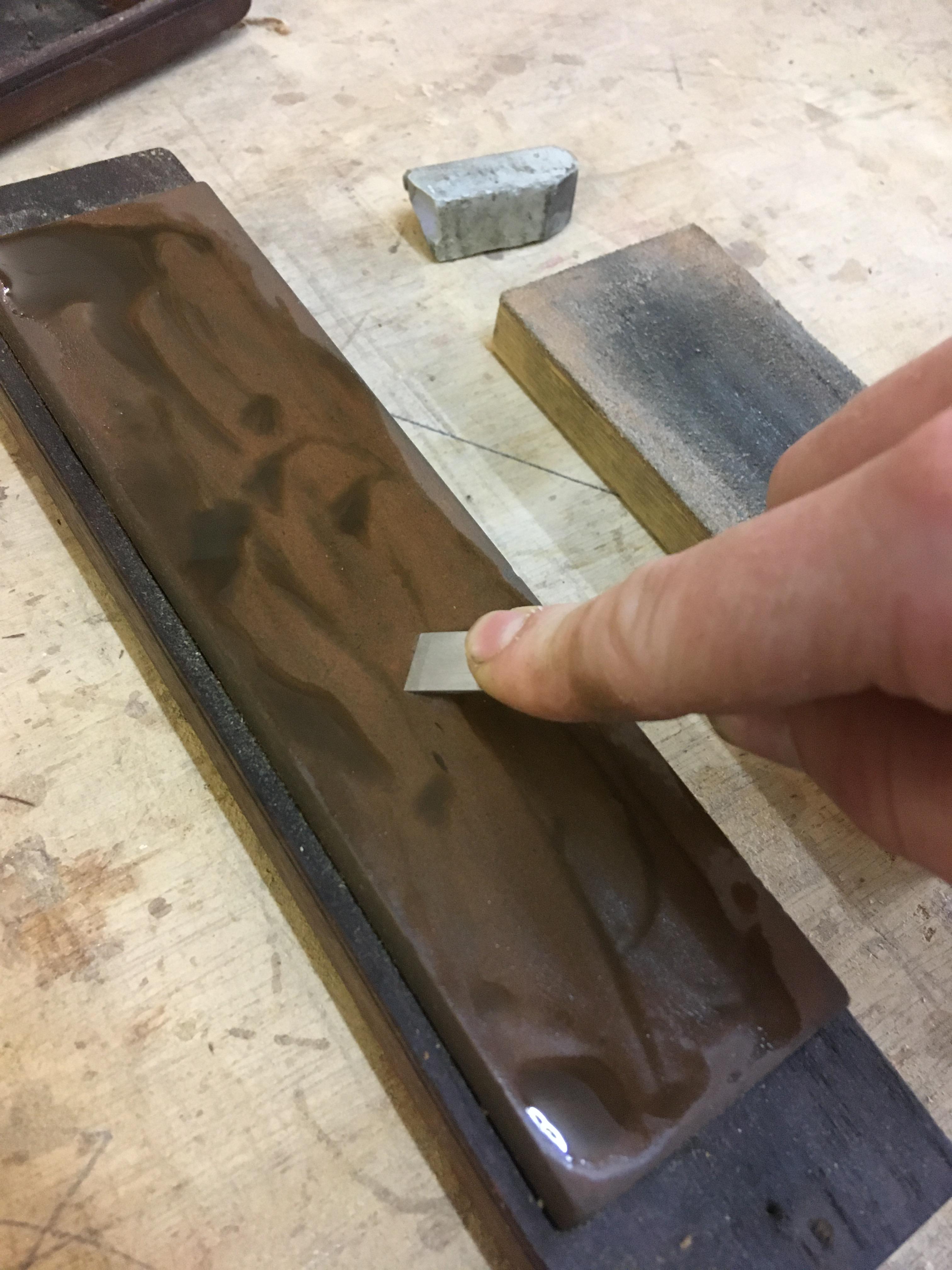
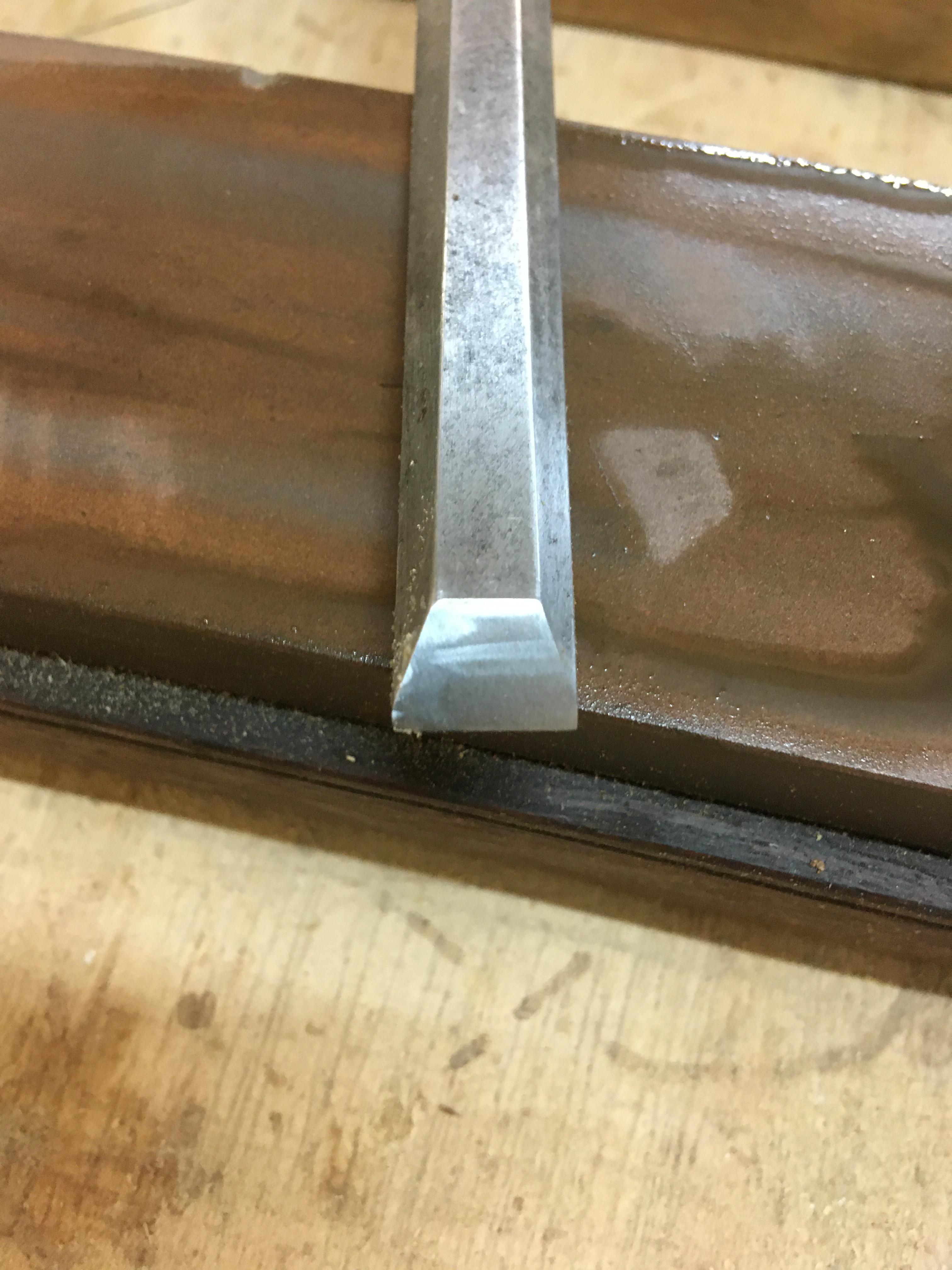
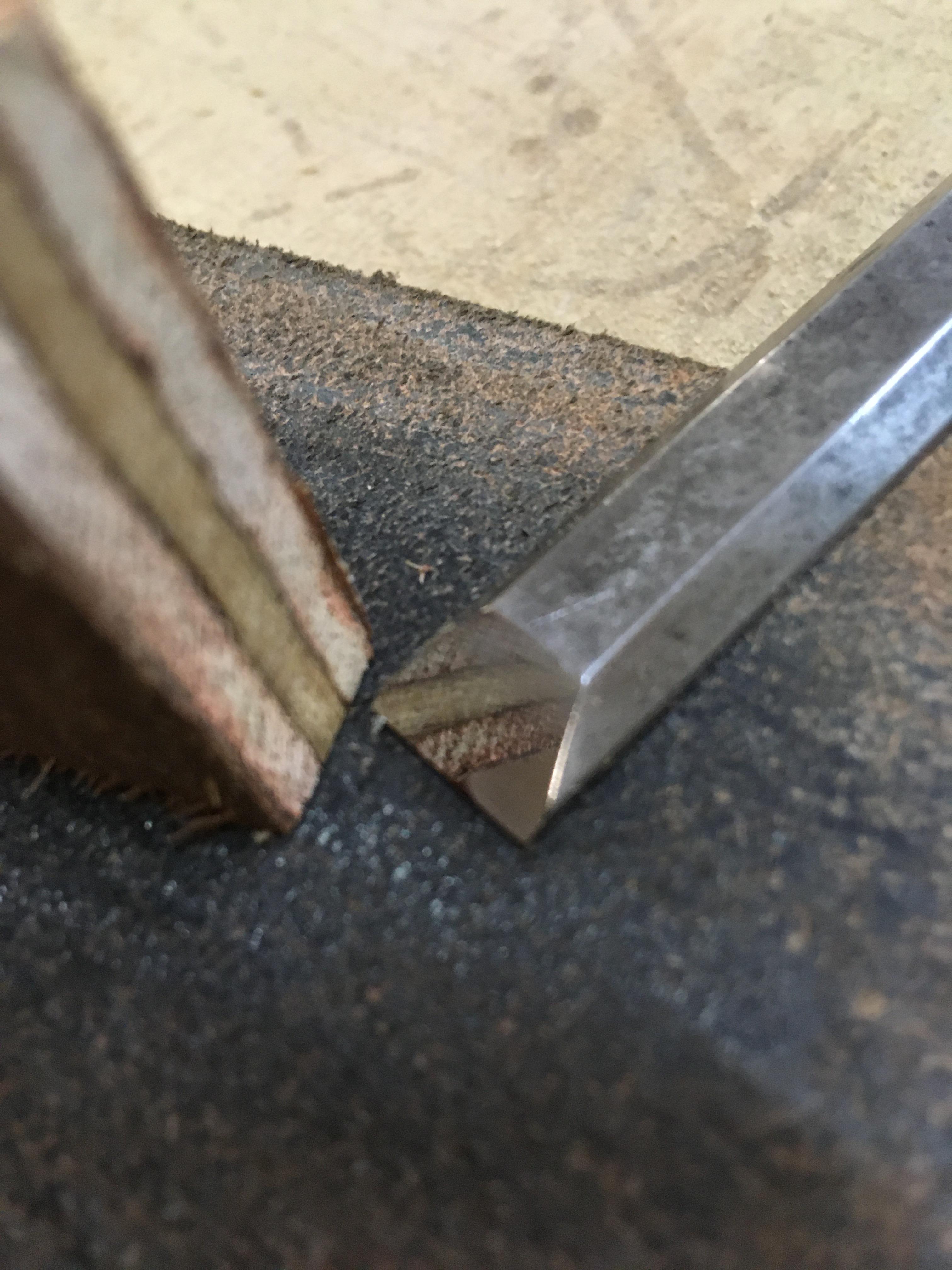
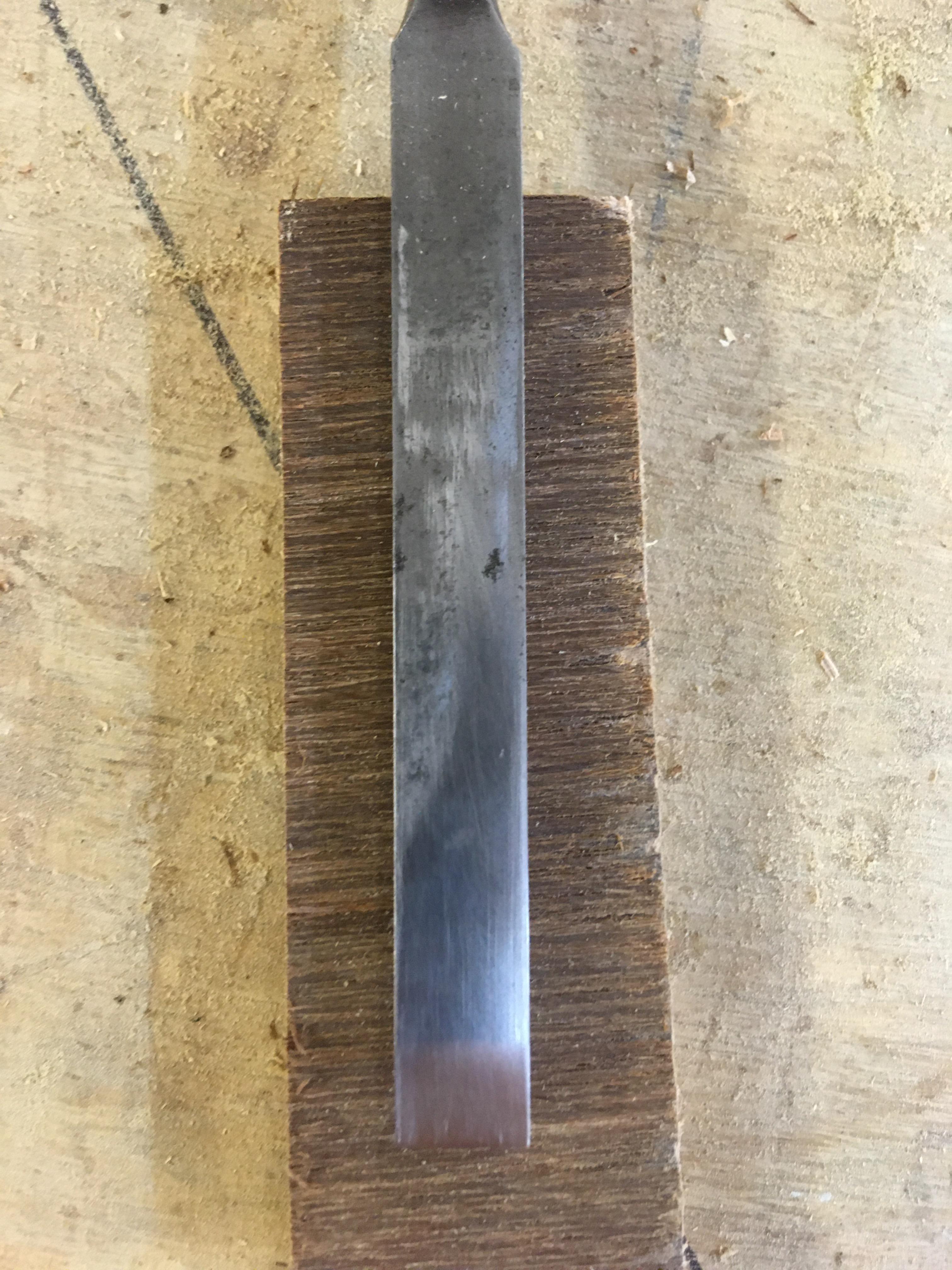
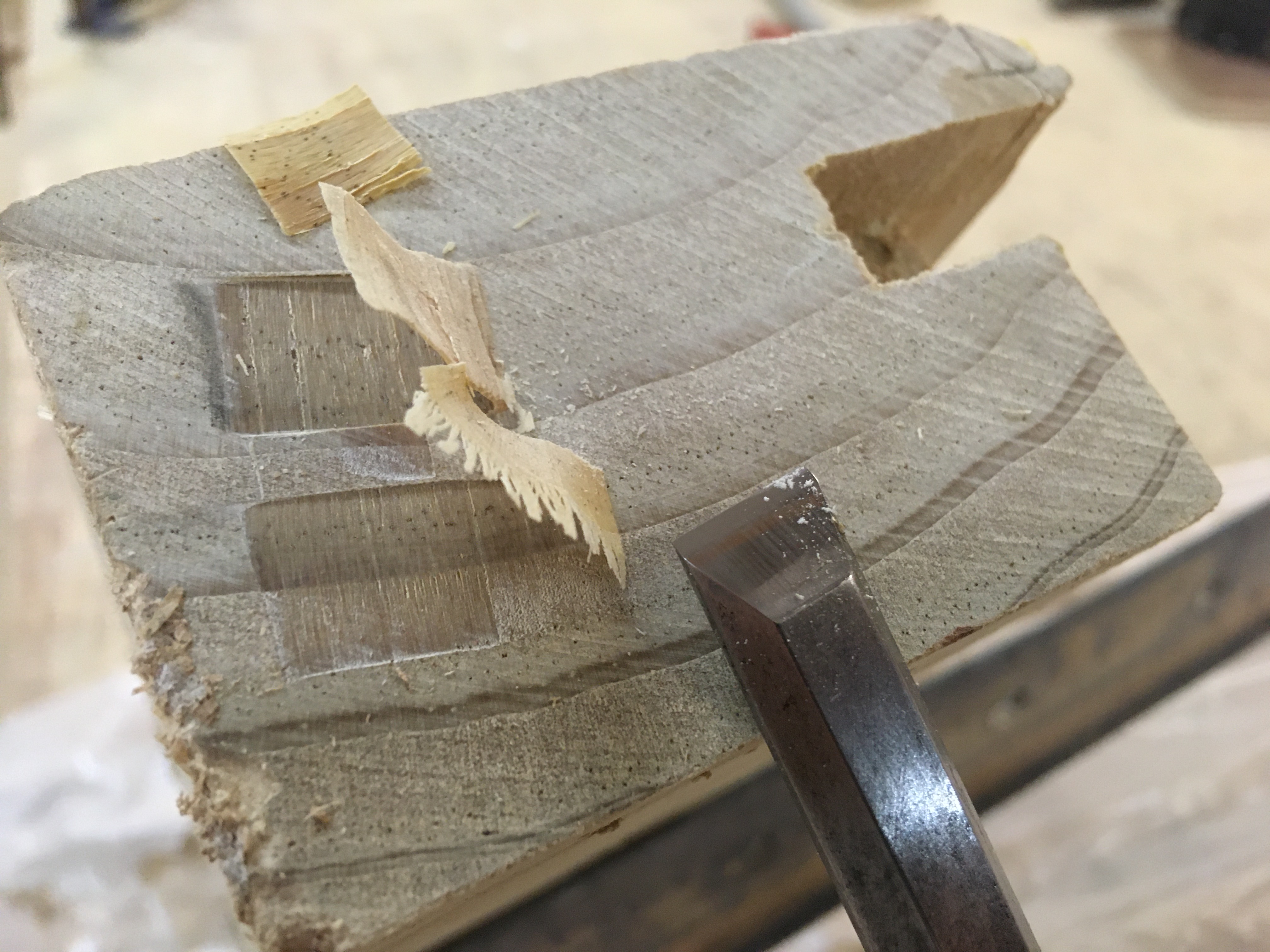
I could shave hairs with the chisel like every other sod who wants to show off.........
Enter your email address to join: